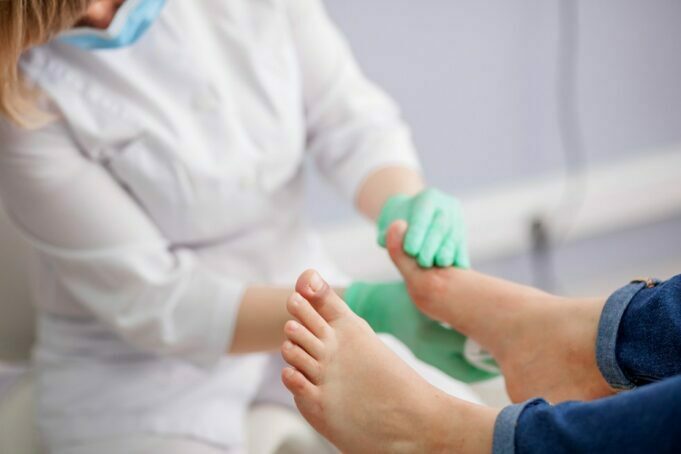People living with diabetes need to take care of themselves to avoid being injured or hurt because their wounds take a while to heal. When you do have a diabetic wound, you are supposed to seek medical help for prompt management and treatment to prevent it from being infected for proper and faster healing. There are various ways available to care for your wound. Therefore, if you have been diagnosed with a diabetic foot injury and seek care, diabetic foot care Phoenix specialists are here to your rescue. They offer practical ways and strategies for taking care of your diabetic wound to ensure you are pain-free, comfortable, and healing appropriately. Below is all you need to know concerning diabetic wound care.
Table of Contents
Why is diabetic wound care essential?
Diabetic neuropathy is caused by high blood sugar that results in nerve damage. At times you might begin experiencing tingling, numbness, or burning pain, especially when you are losing sensation in your feet. The above concerns can be due to diabetes which reduces the blood supply to your feet. Diabetic neuropathy may make you not even know when your feet are injured because of loss of pain response. As a result, mild wounds also take time to heal because of reduced pain response.
What does diabetic care entail?
When you have been diagnosed with diabetes, you should keep checking your feet to ensure you do not experience any problems while walking. Therefore, if you have a blister or callus that has taken time to heal, you should seek medical help early before complications arise. A qualified ankle and foot specialist encourages you to have routine foot examinations. Put on protective footwear and daily inspection of your foot as protective care.
What guidelines can you follow to keep your feet healthy?
Cleaning your feet
Cleaning your feet is important during diabetic care. You should wash your feet with warm water and soap and avoid using a scrub because it might injure your feet. Similarly, you should avoid soaking your feet in the water if you have wounds because a wet environment could lead to the development of infections. After cleaning, you must completely dry your feet and apply moisturizing lotion in between the toes.
Maintaining your toenails
While maintaining your toenails, be sure to trim them straight so that ingrown toenails cannot develop. After cutting your nails, you should file them to straighten the edges.
Perform daily feet inspections
One of the most important ways to protect your feet is by inspecting them daily to ensure they are healthy and free from cuts or injuries. It also helps to identify wounds early before they become infected and worsen. When inspecting your feet, ensure you check in between your toes, at the bottom of your feet, and on top.
What do you look for while inspecting?
Any color changes to your feet, cuts, blisters, scratches, dry patches on your feet, corns, and calluses tell you that your feet are under pressure from tight shoes.
Proper diabetic care is essential in preventing diabetic foot wounds and helps in caring for the injuries if you have some. If you are interested in learning more about diabetic care, you can begin by visiting the Phoenix Foot and Ankle Institute website today.










